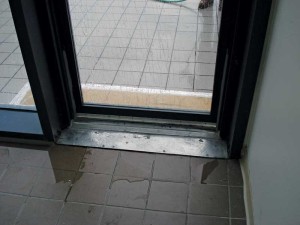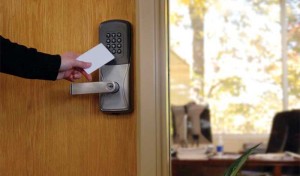Leaking exterior doors are a common problem affecting building owners and tenants, causing property damage, and requiring expensive repairs. Designers and builders are aware of the issue.
+ Read More
|
Since glazing is the most advanced and expensive part of many façades, it warrants a good design that goes more than skin-deep.
+ Read More
|
There is a preconception unique, high-functioning façades must comprise custom components and a large budget. However, recent precedents have demonstrated how employing familiar components in an unfamiliar way can achieve a distinctive enclosure system.
+ Read More
|
When specifying electrified hardware for an access control system, there is often confusion about which code requirements to follow and which system components are needed.
+ Read More
|
Coastal areas are beautiful locations for commercial and residential buildings, but also pose the greatest challenges in protecting exterior-facing architectural aluminum products from corrosion.
+ Read More
|
Schools, hospitals, and government buildings share essential characteristics; they house sensitive information, are designed to be used for long periods, and have public responsibilities. Specifiers and building managers must ensure safety and security needs are met by selecting the appropriate door hardware.
+ Read More
|
Whether replacing a dated, inefficient hospital or renovating an historic mental health institution, window selection is an important consideration in creating a modern, healing environment.
+ Read More
|
The glass-enveloped Chihuly Garden and Glass Museum in Seattle, Washington, features works by sculptor Dale Chihuly and a seamless heating system to reduce visual obstacles for occupants.
+ Read More
|
Exterior soffits perform essential functions for ventilating, shading, and directing water away from a building. Regardless of geography or climate, exterior soffits are subjected to positive and negative wind loads.
+ Read More
|
With growing emphasis on environmental regulatory compliance, specifiers are discovering less is more when it comes to meeting requirements on volatile organic compounds (VOCs). Over the past decade, VOC content in waterborne and high-solids coatings has dramatically decreased while performance and durability of the solvent-based coatings they replace has...
+ Read More
|
|
|














